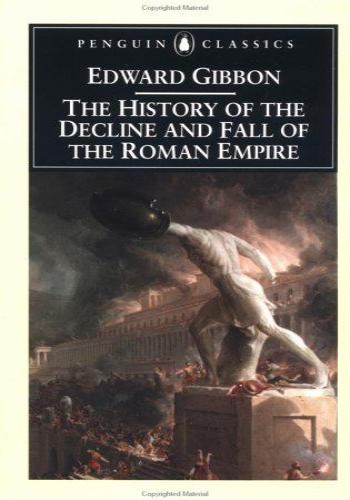
The History of the Decline and Fall of the Roman Empire, 6 Volumes PDF
Preview The History of the Decline and Fall of the Roman Empire, 6 Volumes
The History of the Decline and Fall of the Roman Empire is Edward Gibbon's magnum opus, written and published over a 13-year period beginning in 1776. It not only chronicles the events of the downfall starting with the end of the rule of Marcus Aurelius, but proposes a theory as to why Rome collapsed: the populace, Gibbon theorizes, lost its moral fortitude, its militaristic will, and its sense of civic duty. History is considered a classic in world literature, and Gibbon is sometimes called the first "modern historian" for his insistence upon using primary sources for his research. Many scholars today still use his highly regarded work as reference. In this first of seven volumes, readers will find Chapter 1 ("The Extent of the Empire in the Age of the Antonines") through Chapter 14 ("Six Emperors at the Same Time, Reunion of the Empire"), which cover the Age of the Antonines; the rule and murder of Commodus; the sale of the Empire to Didius Julianus; the rules of Severus, Caracalla, Alexander Severus, Maximin, Decius, Gallus, Æmilianus, Valerian, Gallienus, Claudius, Tacitus, Probus, Carus, Diocletian, Maximinus Thrax, Gordian I, Gordian II, Pupienus, Balbinus, and Gordian III; the current state of Persia; and the current state of Germany. English parliamentarian and historian EDWARD GIBBON (1737-1794) attended Magdelan College, Oxford for 14 months before his father sent him to Lausanne, Switzerland, where he continued his education. He published Essai sur l'Étude de la Littérature (1761) and other autobiographical works, including Mémoire Justificatif pour servir de Réponse à l'Exposé, etc. de la Cour de France (1779).
